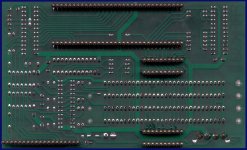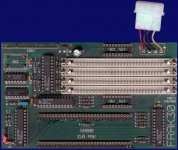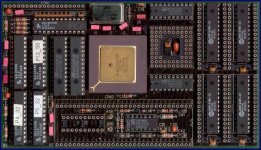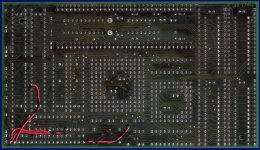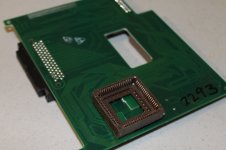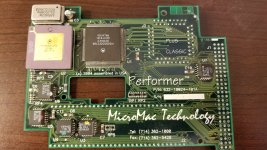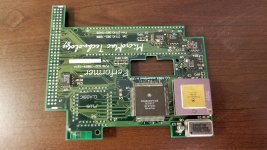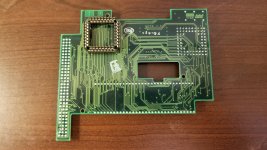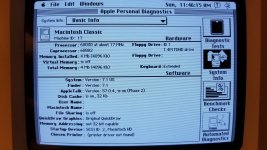It's a larger board with integrated RAM sockets and completely different CPU/FPU positions, dated 1988:I'm guessing the version with the optional memory upgrade card is an early edition. PCB's (c)1990, what's the date on yours?
Any HiRes pics you can post of it would be greatly appreciated. I'm especially curious about the Bus Transceiver or lack thereof on your board. For just the SIMM interface they might not be necessary on yours, but between that and the interboard connector they'd almost certainly be required on the one above.

Last edited by a moderator:

